Physics
Club
Club
Events Conducted by Physics Club
Events Conducted by Physics Club
The Physics Club organized several events, including an escape room game and a quiz, to promote
students' interest in
physics. The escape room game challenged participants to solve puzzles and riddles that involved
physics concepts, such
as gravity and mechanics, to escape from a locked room. The quiz tested students' knowledge of
various topics in
physics, such as thermodynamics, electromagnetism, and quantum mechanics. Both events were
highly engaging and helped to
foster a love of physics among the students. The club's events were a great opportunity for
students to learn and have
fun at the same time, and they were highly successful in achieving their goal of promoting an
interest in physics.
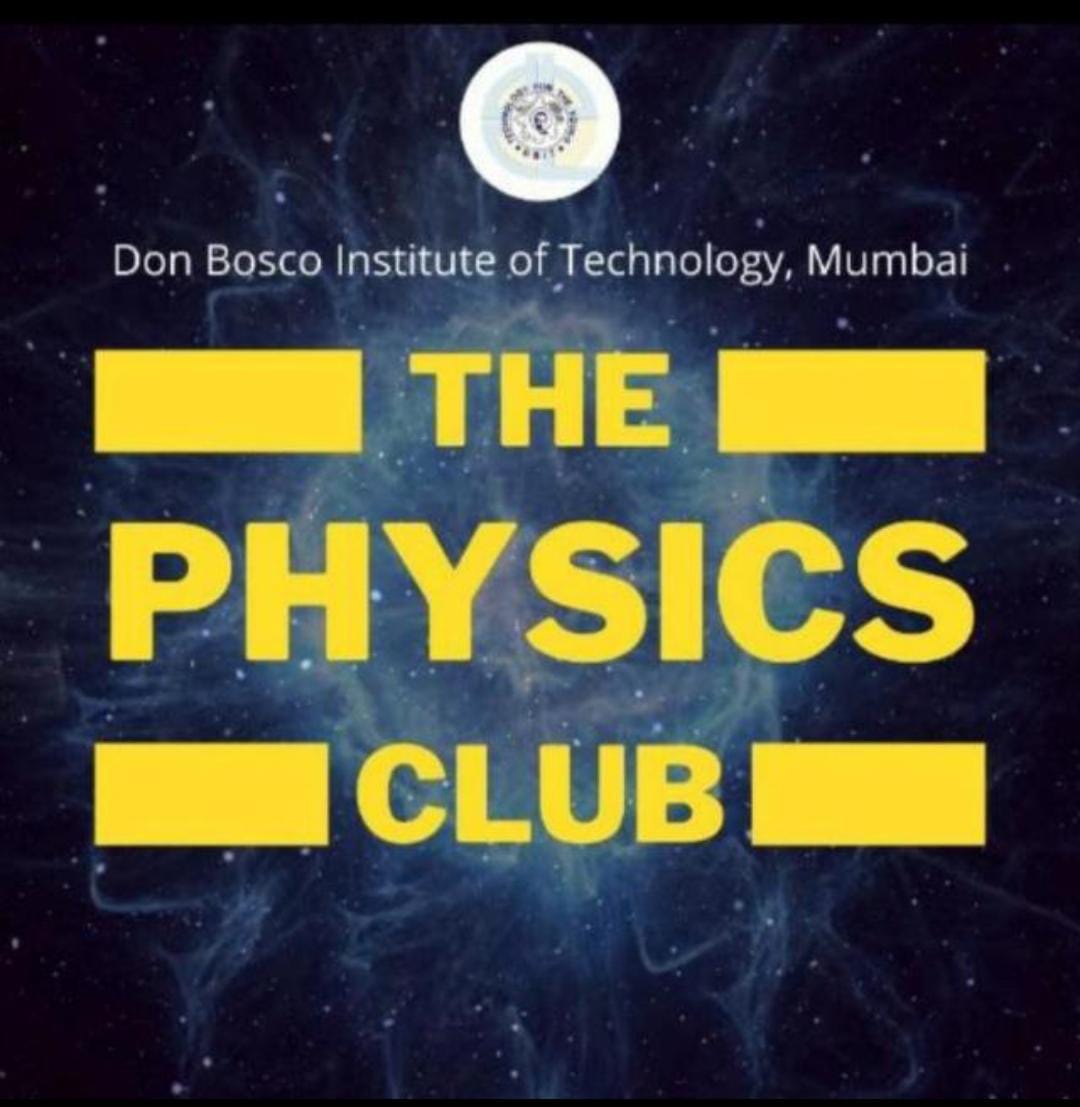 6421954
6421954PostsFollowersFollowing
Highlights
Highlights
Highlights
Highlights



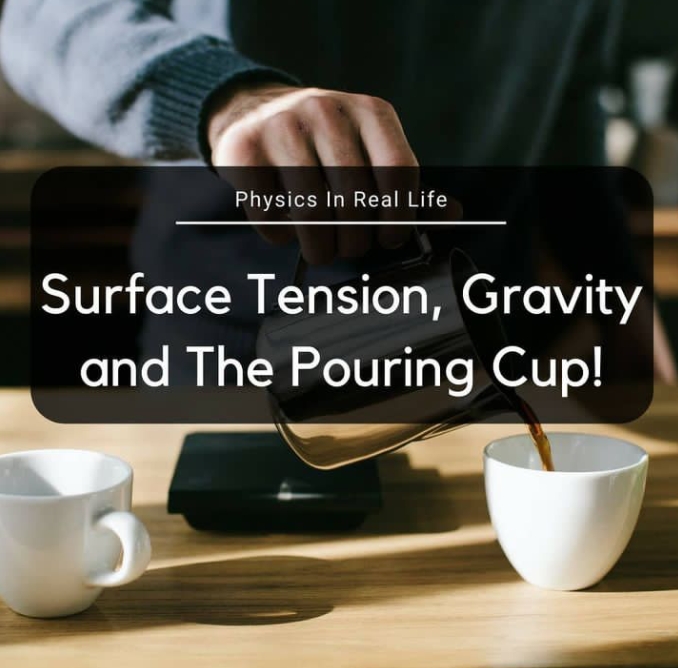
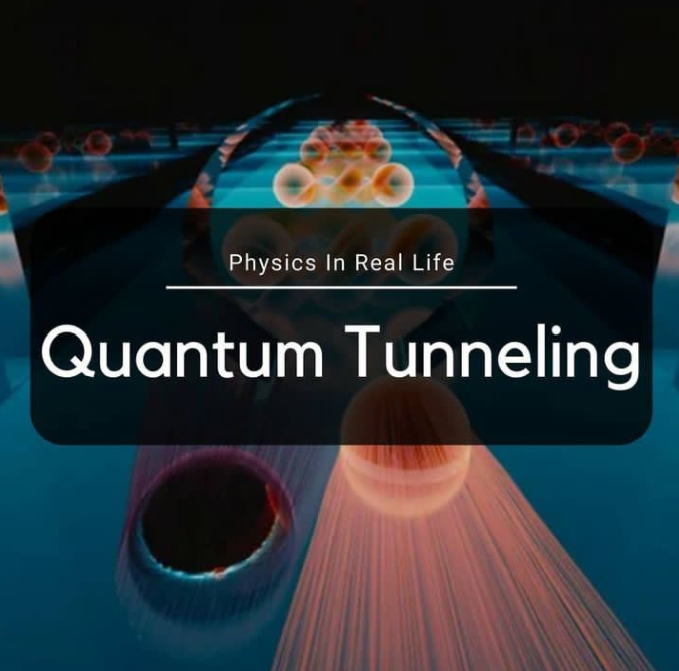
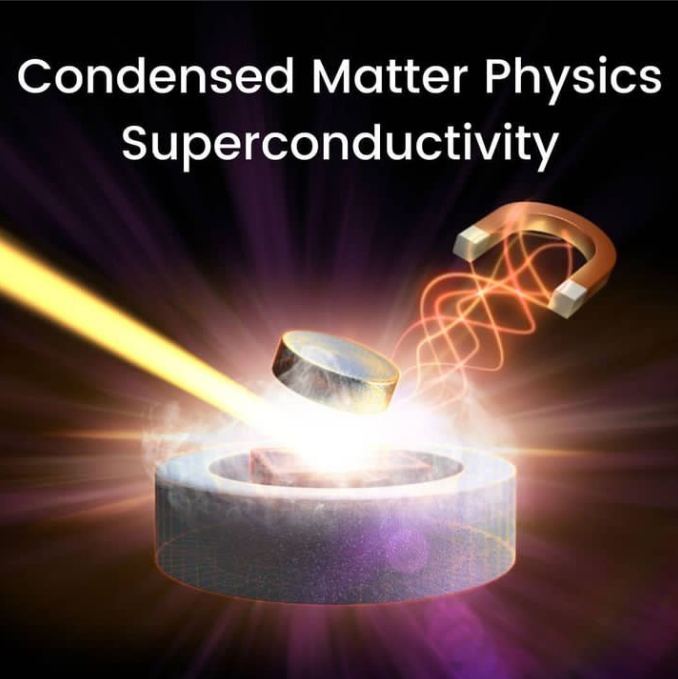

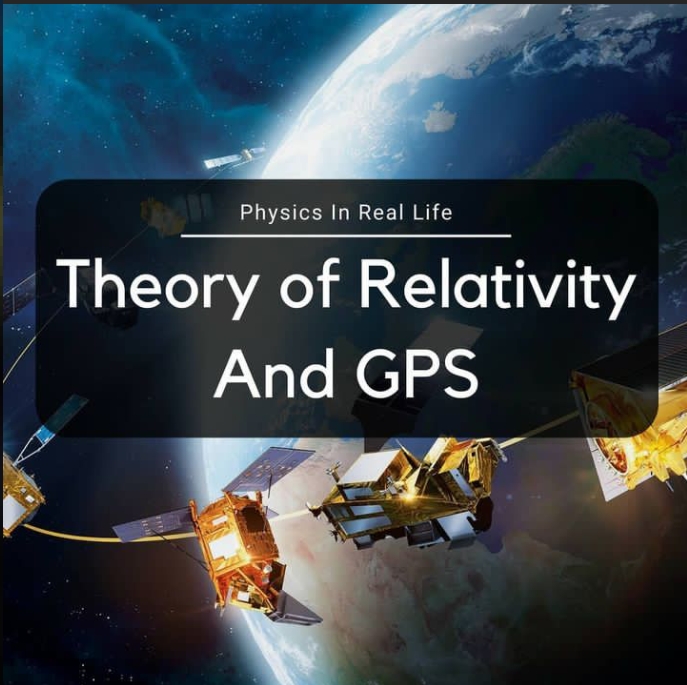

Blogs

Energy
"Explore the fascinating world of energy and its role in shaping the laws of physics with our physics club website."
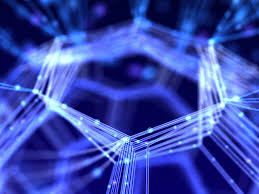
Matter
"Discover the mysteries of matter and its fundamental properties that make up our world through our physics club website."

Space & Time
"Journey through the vastness of space and unravel the secrets of time, from the birth of the universe to the present day, on our physics club website."
Syllabus with demonstration
Engineering Physics - I
| Module | Detailed Contents |
|---|---|
| 01 |
QUANTUM PHYSICS:(Prerequisites : Dual nature of radiation, Photoelectric effect Matter waves-wave nature of particles, de-Broglie relation, Davisson-Germer experiment) De Broglie hypothesis of matter waves; properties of matter waves; wave packet, phase velocity and group velocity; Wave function; Physical interpretation of wave function; Heisenberg uncertainty principle; non existence of electron in nucleus; Schrodinger’s time dependent wave equation; time independent wave equation; Particle trapped in one dimensional infinite potential well, Quantum Computing |
| 02 |
CRYSTALLOGRAPHY:(Prerequisites : Crystal Physics (Unit cell, Space lattice, Crystal structure, Simple Cubic, Body Centered Cubic, Face Centered Cubic, Diamond Structure, Production of X-rays) Simple Cubic, Body Centered Cubic, Face Centered Cubic, Diamond Structure, Production of X-rays) Miller indices; interplanar spacing; X-ray diffraction and Bragg’s law; Determination of Crystal structure using Bragg’s diffractometer; |
| 03 |
SEMICONDUCTOR PHYSICS:(Prerequisites: Intrinsic and extrinsic semiconductors, Energy bands in conductors, semiconductors and insulators, Semiconductor diode, I-V characteristics in forward and reverse bias) Direct & indirect band gap semiconductor; Fermi level; Fermi dirac distribution; Fermi energy level in intrinsic & extrinsic semiconductors; effect of impurity concentration and temperature on fermi level; mobility, current density; Hall Effect; Fermi Level diagram for p-n junction (unbiased, forward bias, reverse bias); Applications of semiconductors: LED, Zener diode, Photovoltaic cell. |
| 04 |
INTERFERENCE IN THIN FILM:(Prerequisites : Wave front and Huygen's principle, reflection and refraction, Interference by division of wave front, Youngs double slit experiment) Interference by division of amplitude, Interference in thin film of constant thickness due to reflected and transmitted light; origin of colours in thin film; Wedge shaped film; Newton’s rings. Applications of interference - Determination of thickness of very thin wire or foil; determination ofrefractive index of liquid; wavelength of incident light; radius of curvature of lens; testing of surfaceflatness; Anti-reflecting films and Highly reflecting film |
| 05 |
SUPERCONDUCTORS AND SUPERCAPACITORS:(Prerequisites : Electric current, flow of electric charges in a metallic conductor, drift velocity, mobility and their relation with electric current, Ohm's law, electrical resistance, V-I characteristics (linear and non-linear), electrical resistivity and conductivity temperature dependence of resistance) Superconductors: Critical temperature, critical magnetic field, Meissner’s effect, Type I and Type II and high Tc superconductors; Supercapacitors: Principle, construction, materials and applications, comparison with capacitor and batteries : Energy density, Power density, |
| 06 |
ENGINEERING MATERIALS AND APPLICATIONS:(Prerequisites: Paramagnetic materials, diamagnetic materials, ferromagnetic materials, crystal physics, Conductors and insulators, free charges and bound charges inside a conductor. Dielectrics and electric polarisation, capacitors and capacitance) Liquid crystals: Nematic, Smectic and cholesteric phases, Liquid crystal display. Multiferroics : Type I & Type II multiferroics and applications, Magnetoresistive Oxides: Magnetoresistance, GMR and CMR materials, introduction to spintronics. |
Engineering Physics - II
| Module | Detailed Contents |
|---|---|
| 01 |
DIFFRACTION :(Prerequisites : Wave front and Huygen's principle, reflection and refraction, diffraction, Fresnel diffraction and Fraunhoffer diffraction) Diffraction: Fraunhoffer diffraction at single slit, Diffraction Grating, Resolving power of a grating; Applications of diffraction grating; Determination of wavelength of light using plane transmission grating |
| 02 |
LASER AND FIBRE OPTICS(Prerequisites: Absorption, recombination, energy bands of p-n junction, refractive index of a material, Snell’s law) Laser: spontaneous emission and stimulated emission; metastable state, population inversion, types of pumping, resonant cavity, Einsteins’s equations; Helium Neon laser; Nd:YAG laser; Semiconductor laser, Applications of laser- Holography Fibre optics: Numerical Aperture for step index fibre; critical angle; angle of acceptance; V number; number of modes of propagation; types of optical fibres; Fibre optic communication system; |
| 03 |
ELECTRODYNAMICS:(Prerequisites : Electric Charges, Coulomb's law-force between two point charges, Electric field, electric field due to a point charge, electric field lines, electric dipole, electric field due to a dipole, Gauss's law, Faraday’s law) Scalar and Vector field, Physical significance of gradient, curl and divergence in Cartesian co-ordinate system, Gauss’s law for electrostatics, Gauss’s law for magnetostatics, Faraday’s Law and Ampere’s circuital law; Maxwell’s equations (Free space and time varying fields). |
| 04 |
RELATIVITY:(Prerequisites: Cartesian co-ordinate system) Special theory of Relativity: Inertial and Non-inertial Frames of reference, Galilean transformations, Lorentz transformations (space – time coordinates), Time Dilation, Length Contraction and Mass-Energy relation. |
| 05 |
NANOTECHNOLOGY:(Prerequisites : Scattering of electrons, Tunneling effect, Electrostatic focusing, magneto static focusing) Nanomaterials : Properties (Optical, electrical, magnetic, structural, mechanical) and applications, Surface to volume ratio; Two main approaches in nanotechnology -Bottom up technique and Top down technique; Tools for characterization of Nanoparticles: Scanning Electron Microscope (SEM), Transmission Electron Microscope (TEM), Atomic Force Microscope (AFM). Methods to synthesize Nanomaterials: Ball milling, Sputtering, Vapour deposition, Solgel |
| 06 |
PHYSICS OF SENSORS:(Prerequisites : Transducer concept, meaning of calibration, piezoelectric effect) Resistive sensors: a) Temperature measurement: PT100 construction, calibration, b) Humidity measurement using resistive sensors, Pressure sensor: Concept of pressure sensing by capacitive, flex and inductive method, Analog pressure sensor: construction working and calibration and applications. Piezoelectric transducers: Concept of piezoelectricity, use of piezoelectric transducer as ultrasonic generator and application of ultrasonic transducer for distance measurement, liquid and air velocity measurement. Optical sensor: Photodiode, construction and use of photodiode as ambient light measurement and flux measurement. Pyroelectric sensors: Construction and working principle, application of pyroelectric sensor as bolometer. |
Team
Team of Physics club
The Physics Club core team is comprised of passionate and knowledgeable individuals who
share a love for science and physics.
The team is dedicated to promoting interest and understanding of physics concepts among
students through various events
and activities. The members of the team have diverse backgrounds in physics and related
fields, and they bring their
unique expertise to each event. With their enthusiasm and commitment to sharing their
knowledge, the Physics Club team
is an excellent resource for students looking to learn more about physics and science.







